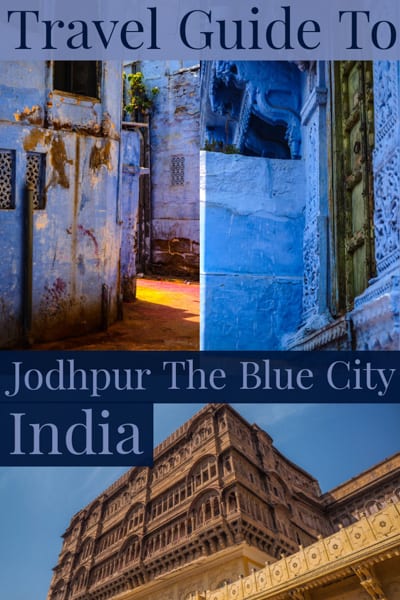They call Jodhpur the Blue City. Its houses glow cerulean in the midst of the dust-billowing Thar Desert, spreading through a valley that’s topped by a mighty citadel.

Below, in the narrow streets, chowk markets buzz with life. Some are plumed with ginger scents and chilli powder. Others are filled with tanned locals tinkering with engines or stooped washerwomen ringing out rags.
There are squares with clanging clock towers and sari bazaars and taste-bud-tingling Rajput curry houses galore.
The eye is always drawn up to the Mehrangarh fortress, though. That’s the main attraction. One of the most striking castles in all of Asia, it’s a medley of turrets, towers, cannons, and carved gateways that are big enough to fit an elephant through.
A whole day within might not even be enough, to spy out the Maharaja’s palace, the pleasure chambers, and the soaring defensive keeps.
Where exactly is Jodhpur?
Jodhpur is draped over a lonely bluff on the flatlands that roll north from the Luni River. It’s surrounded by the southern reaches of the Thar Desert, so expect scorching daytime temperatures and hardly a raindrop during the dry season.
For travellers, the town is placed conveniently between the camel-trekking outpost of Jaisalmer and the lively Pink City of Jaipur, where it’s possible to connect with the Golden Triangle circuit of sights that includes the Taj Mahal.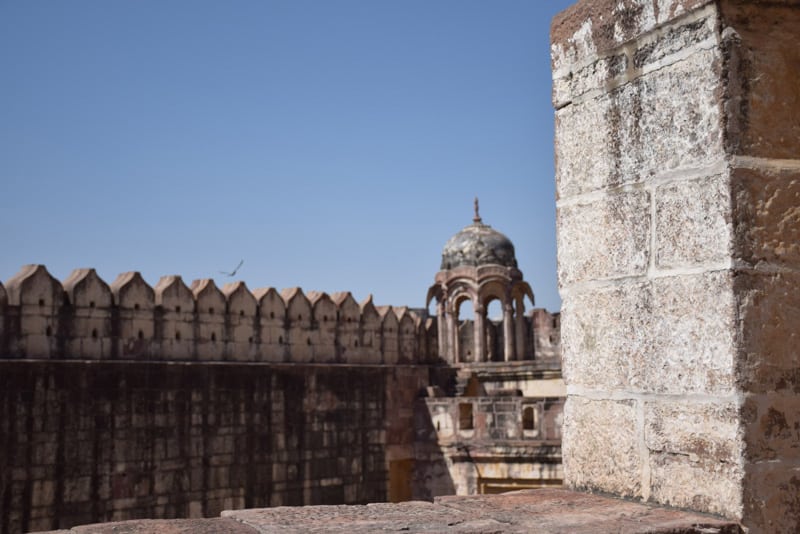
What to do in Jodhpur
You’ll want plenty of time set aside to wander that mighty castle in the heart of the city. But that’s also not where the joys of Jodhpur finish.
A journey to the edges of the Thar Desert to see grand Raj-era palaces could also be in order. And so could spicy dining in the hectic haze of the Blue City’s chowks.
Mehrangarh.
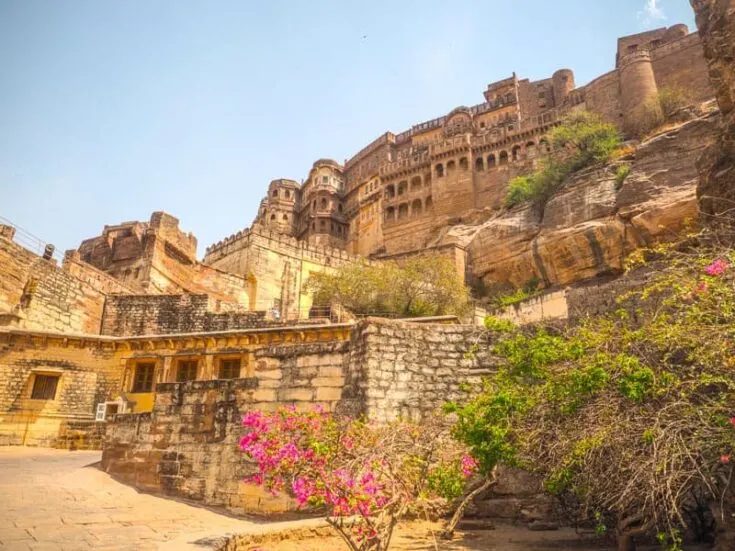
Mehrangarh is the piece de resistance of Jodhpur. A striking citadel comes palace, it’s visible from all quarters of the city, rising like something out of Game of Thrones to terraces and turrets and crenulations.
It’s easy to believe that the place has never been conquered in its entire 500-year history!
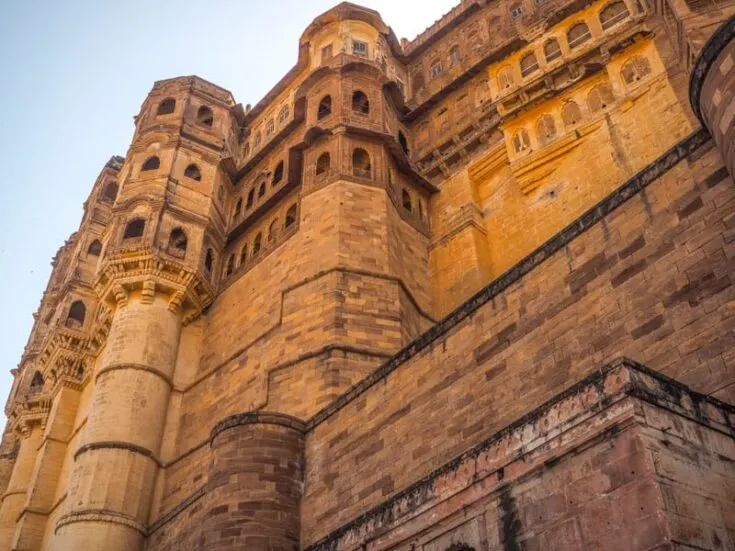
A visit can take a whole day or more because there’s plenty of history to get through. Start by wandering up the cobbled streets to the main gatehouses. A ticket for the museums and courtrooms is around 600 INR.
That gets you to access to collections of carriages and weaponry and old relics from the days of the Marwar maharajas. As you wander, you’ll also enjoy stunning views of the Blue City below.
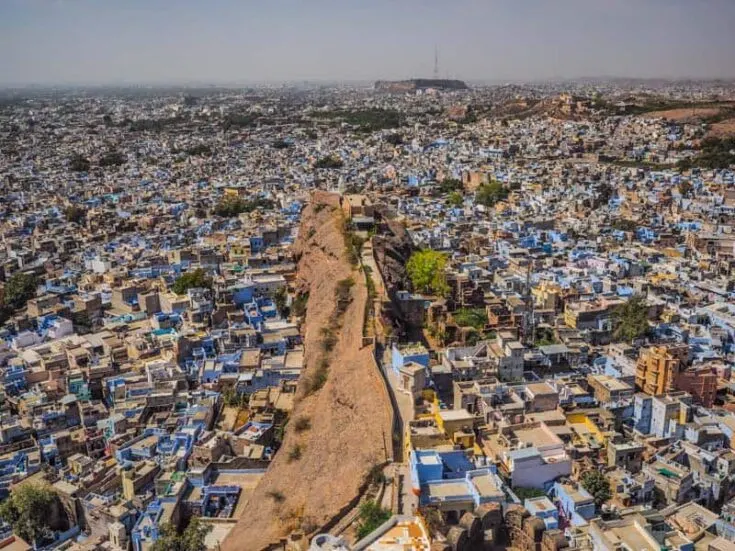
Particular highlights of the Mehrangarh fort include the Moti Mahal and the hidden Zenana Deodi. The first is a glorious pleasure room where the light streams in through a kaleidoscope of stained-glass.
The second was once the residence of the king’s wives (yes, plural), tucked deep in the recesses of the palace grounds.
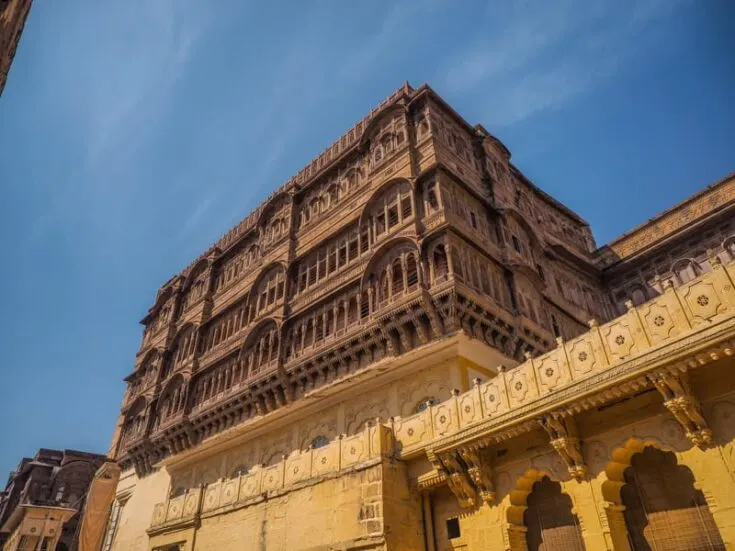
Jaswant Thada.
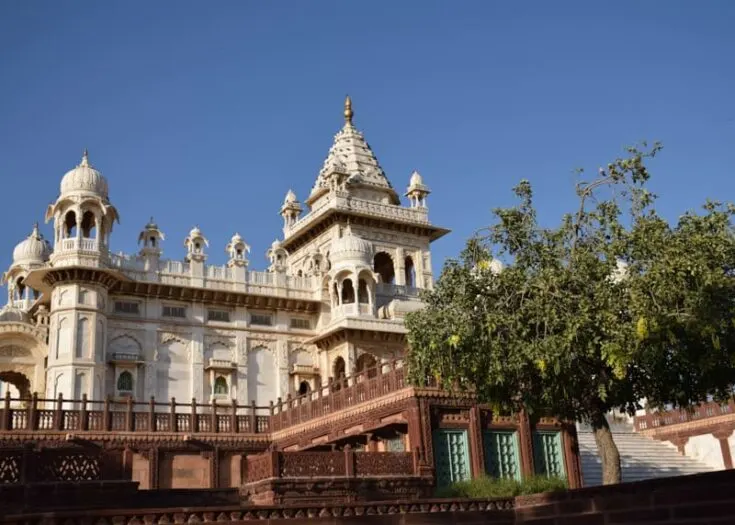
You can escape the crowds of the Mehrangarh fort by slipping down the hill to the north-east and hitting the Jaswant Thada. On its own little perch that gazes out across the oases and the desert, it’s a peaceful place to meditate and gain your thoughts.
The purpose of the building is as a cenotaph to Maharaja Jaswant Singh II and as the resting spot of the city’s royals. You’ll find shaded sitting areas in the garden and plenty of tropical birds in the boughs of the swaying khejri trees overhead.
Umaid Bhawan Palace.
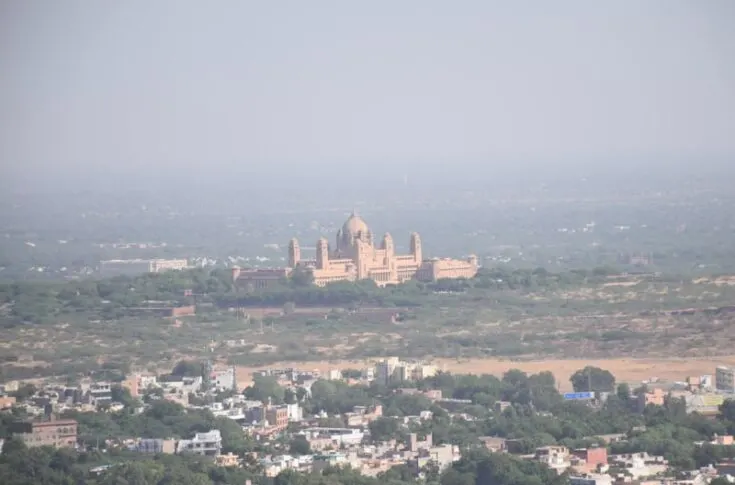
The last of the opulent palaces built in the Indian Raj, Umaid Bhawan shoulders above the horizon of Jodhpur to the south-east. It’s a majestic showcasing of Indo-Saracenic architecture, with a colossal central dome towering over cinnamon-tinted wings. Around it, gorgeous gardens unfold with hedgerows and fountains and fruit trees.
These days, it’s a popular filming spot for Bollywood and Hollywood flicks. But it’s also still the official residence of the Maharaja of Jodhpur, and a five-star hotel to boot (more on that later).
The Blue City Of Jodhpur.
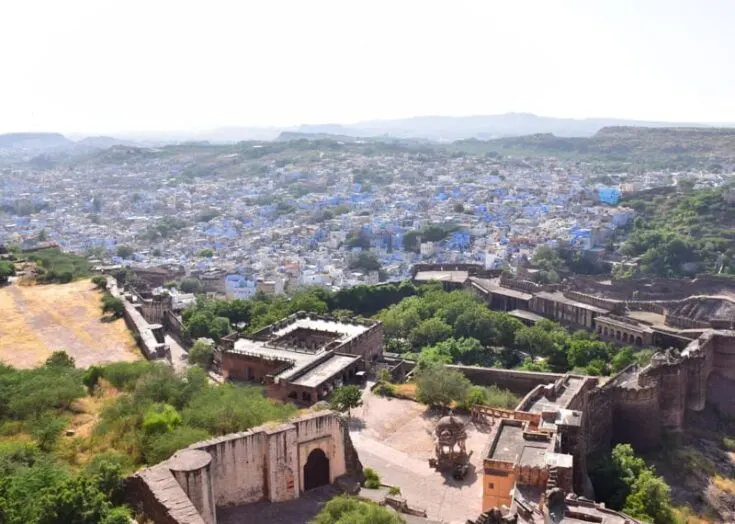
Getting lost in the Blue City is all part of the fun. The whole area that rings the fort is painted a vibrant shade of azure. There are many theories as to why – is it to keep the heat off or to fend away mosquitoes?
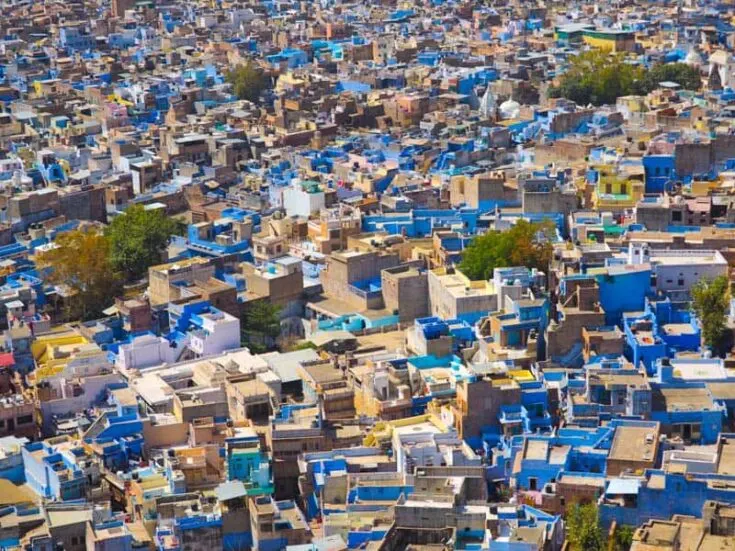
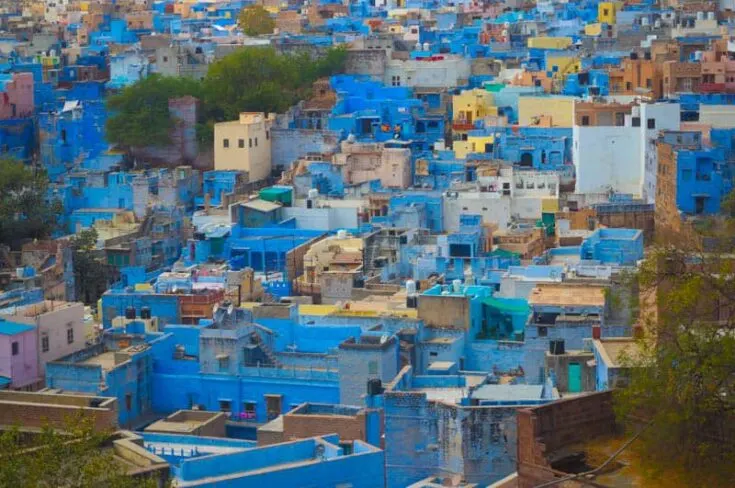
Whatever the cause, it remains uber-photogenic. Be ready to snap those awesome shots of day-to-day Indian life. Every corner you turn is a blue-hued haveli, a crowd of locals selling their wares, a sleeping dog, or a smoking masala stall.
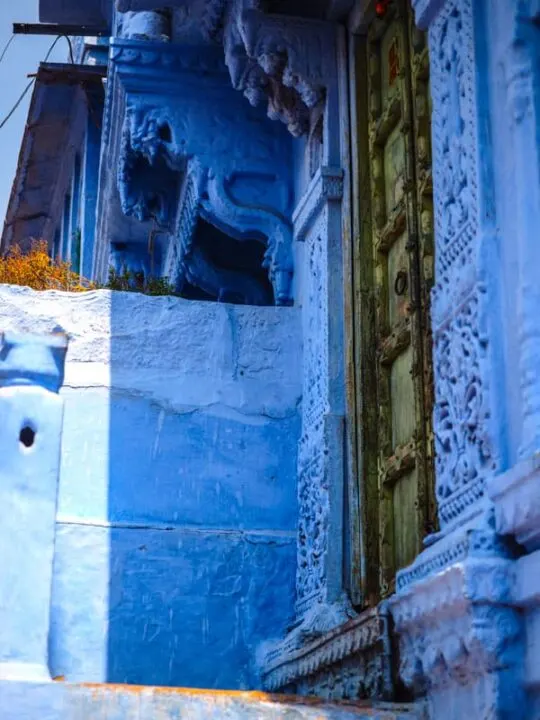
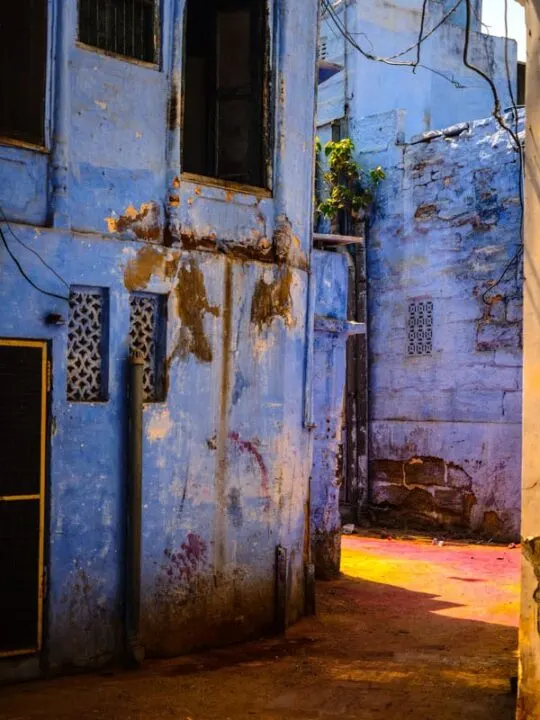
Sadar Market.
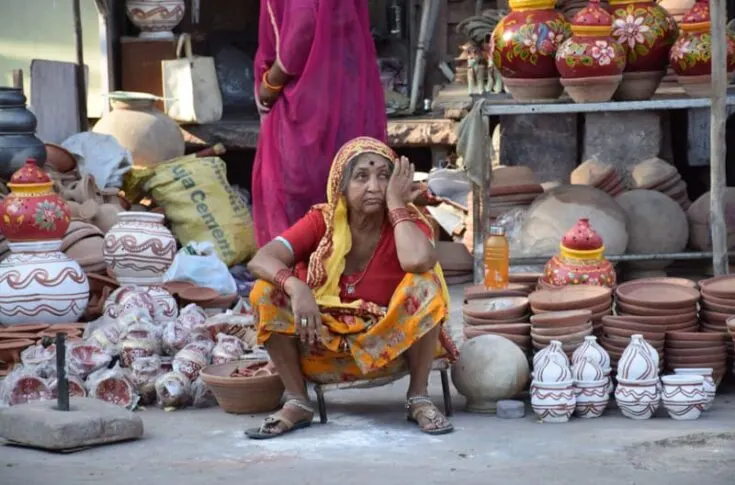
Prime yourself for the Sadar Market – it’s an overload for the senses. Spreading out at the end of the Nai Sadak shopping strip, it’s a haze of pungent spice emporiums, tanneries, street-food vendors, and more.
The area is almost always packed to bursting, with the calls of hawkers and hagglers barely audible above the fray. For the souvenir hunter, this spot can’t be beaten. You could leave with elephant carvings, multi-coloured saris, candles, incense – you name it!
How to get to Jodhpur.
Jodhpur is large enough to have its own airport. Located a few clicks to the south-east of the city, it receives daily connections from Mumbai and New Delhi, along with a few low-cost connections to other Indian cities – Ahmedabad, Pune.
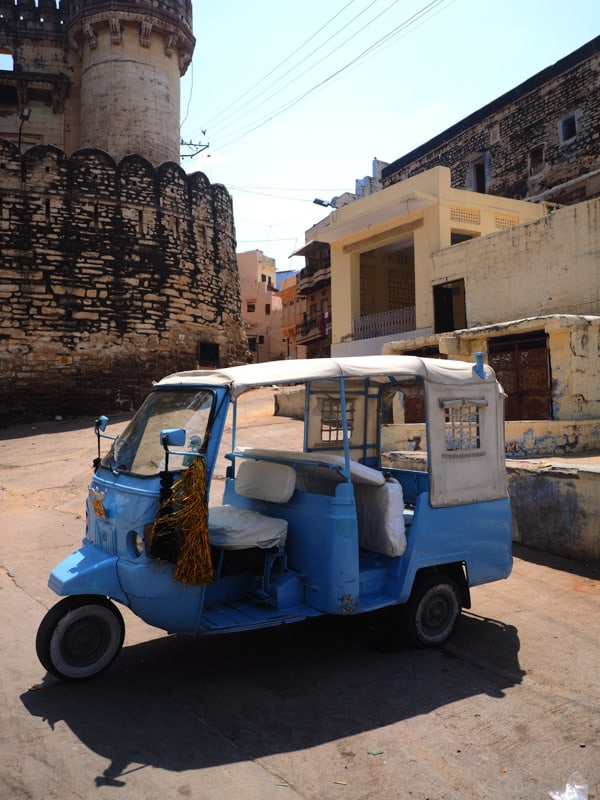
Most travellers will look to get in on the railway. Jodhpur is a major hub of northern India. Services from right across the region will either terminate or pass through here.
They include popular routes from Mumbai, Delhi, Bikaner, Udaipur, Jaisalmer and Jaipur. Of course, you’ll need to book ahead, because tickets in the comfiest classes always sell out fast.
Where to stay in Jodhpur.
From kitschy B&Bs that channel the regal flair of the maharajas to luxe hotels with pools and plush doubles, there are all sorts to consider when looking for a hotel in Jodhpur. Let’s take a look…
Zostel Jodhpur ($)
The Jodhpur outlet of the Zostel chain offers the same friendly backpacker welcome you’re probably used to after travelling across India.
The cushioned common area is great for chatting with other globetrotters and sharing stories about your day in the Mehrangarh fort. Rooms can sell for less than $10 a night, though they are likely to have shared bathrooms and bunks.
Castle View Home Stay ($-$$)
Set over several storeys with narrow staircases winding and wiggling between the lot, this quirky hotel looks every inch the old haveli home.
It’s got weird and wonderful rooms with trinkets and paintings of hard-fought battles with the Mughals. There are decks and patios that gaze right across to the fort. And there’s a wonderful restaurant up top with some seriously tasty okra curries.
Umaid Bhawan Palace ($$$)
Yep, the Umaid Bhawan Palace – the home of the Maharaja of Jodhpur – is now a hotel. Occupying just one corner of this vast complex of over 300 rooms, the Taj Group have converted the space into a plush stay that’s half Raj colonial half royal Indian. You can expect the very height of luxury.
Outside comes with a tree-shaded swimming pool. Inside has spacious suites with murals of peacocks and fruit trees decorating the walls. The lobby has a soaring dome. The bathrooms are all Victorian with lovely free-standing tubs. You get the idea.
If you’ve been to Jodhpur and have anything to add to this ultimate guide, we’d love to hear your thoughts in the comments below!
Like it? Share it! Pin it!
